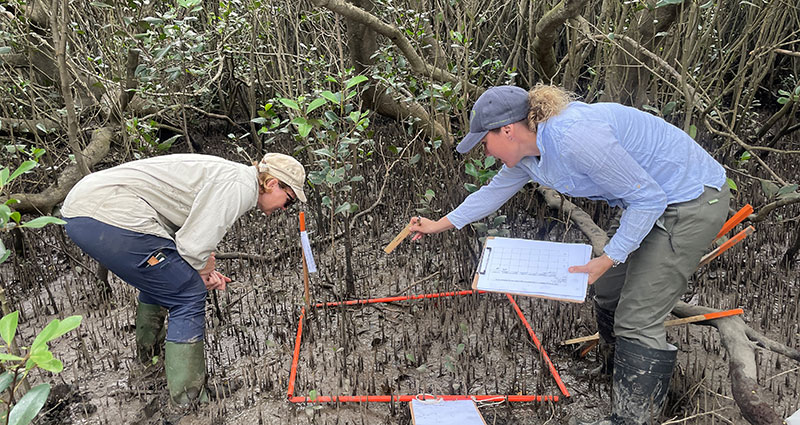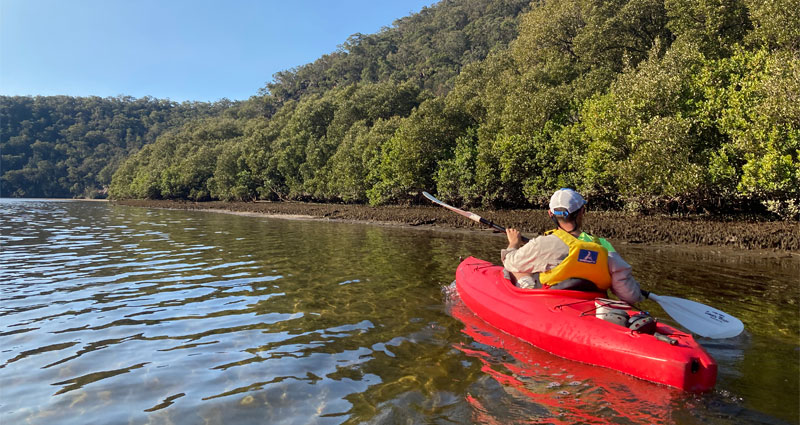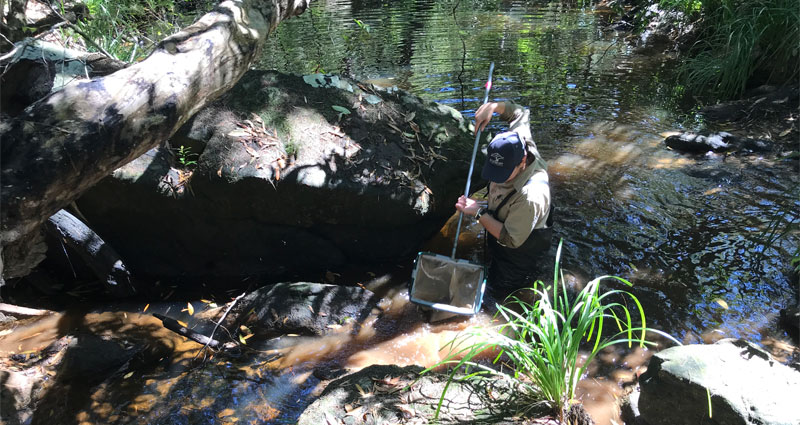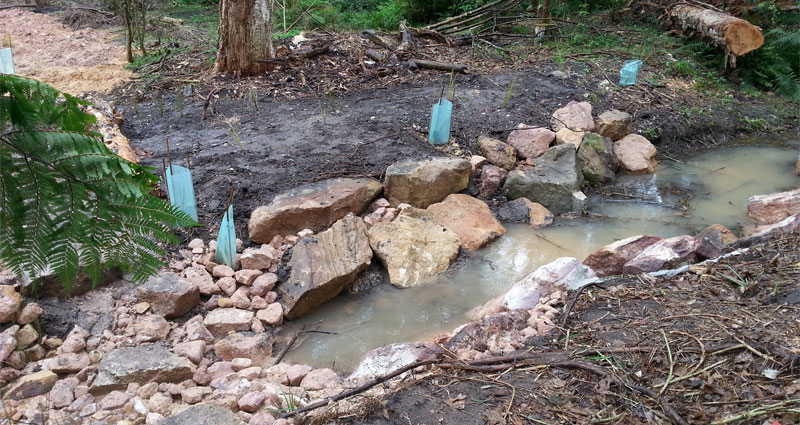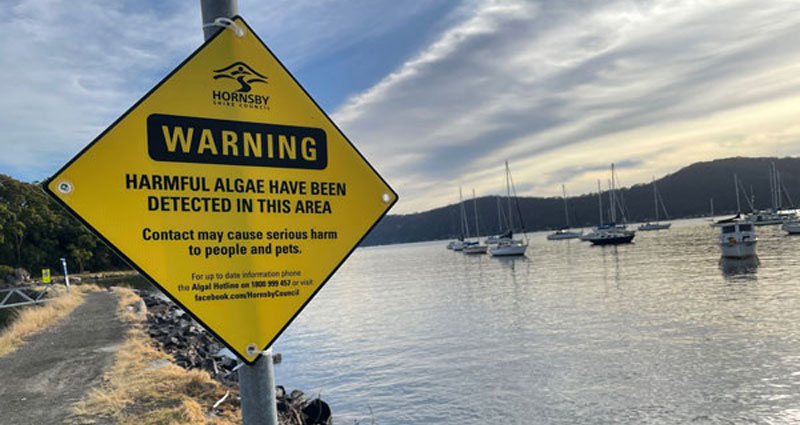The Where, What, How and Why of Monitoring
Council undertakes comprehensive estuarine and freshwater monitoring to understand, report on and respond to the health of the waterways in Hornsby Shire. Routine water quality monitoring commenced in 1994 with the sole objective of determining whether water quality in the Shire was improving or declining through time. Over time, the monitoring program has expanded to incorporate multiple different monitoring approaches responding to a wide range of questions:
- Is water quality changing through time?
- What is the current health of the waterways in Hornsby Shire?
- What is the impact of different land uses on waterways? (e.g. impacts from industrial, rural or urban catchments)
- What is the impact of different point source pollution on waterways? (e.g. wastewater treatment plant discharge or construction site runoff)
- How are the catchment remediation (stormwater quality improvement) devices performing?
- How are the stormwater harvesting systems performing?
- How are climate drivers influencing the baseline conditions of our waterways?
- What is the impact of rainfall on waterway health?
- Do certain water quality conditions pose a risk to public health?
All of Council’s monitoring is carefully undertaken with stringent quality-assurance and quality-control measures and protocols. Waterway health monitoring activities are undertaken by environmental scientists and ecologists, both internal to Council and from external consultancies. The monitoring programs incorporate a comprehensive suite of physical, chemical, and biological indicators (multiple lines of evidence) to determine the health of waterways.
Data from all of Council’s monitoring activities is used to influence and inform catchment management decisions to protect or enhance local waterways. There are several management responses that can be employed by Council in response to monitoring findings, and they generally fall into one of the following categories:
- Planning and compliance
- Research and investigation
- Education and collaboration
- Further monitoring








